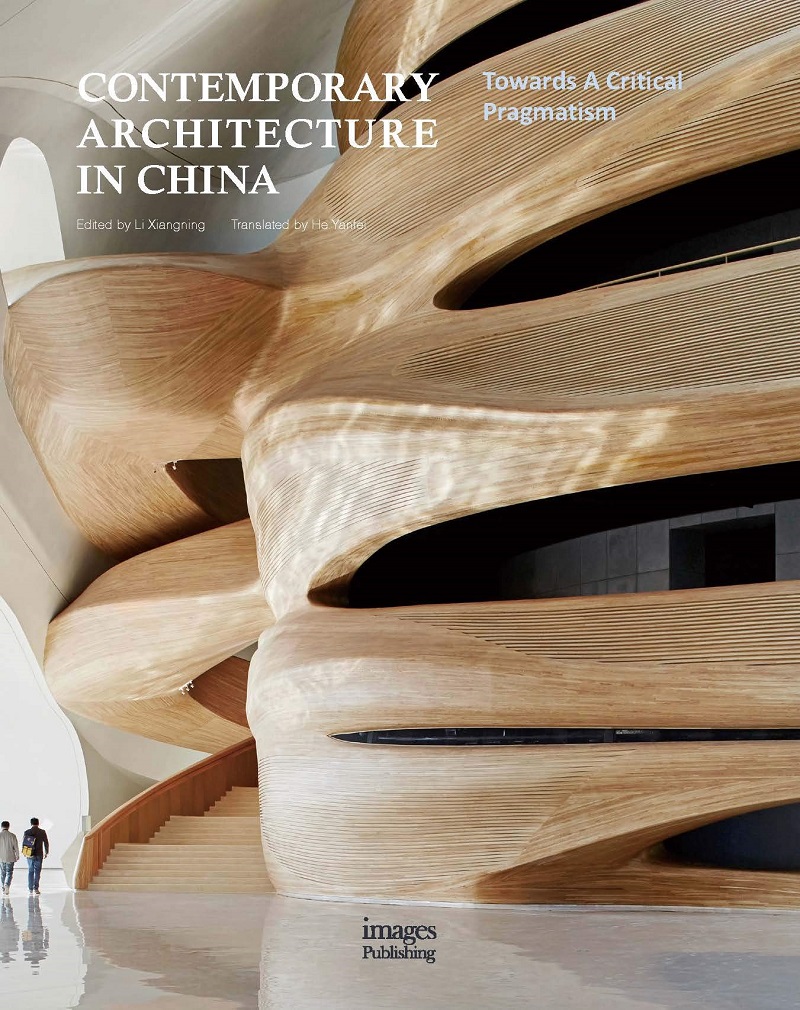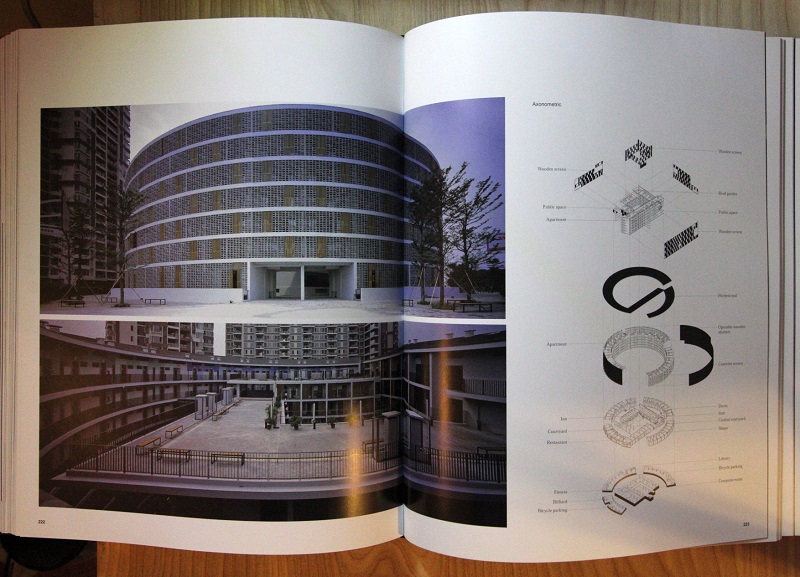Contemporary Architecture in China
Contemporary Architecture in China: Towards A Critical Pragmatism
Li Xiangning (Editor)
Images Publishing, August 2018

Hardcover | 9-1/4 x 11 inches | 440 pages | 1,300 illustrations | English | ISBN: 978-1864707793 | $69.95
Publisher's description:




Author Bio:
(Note: Books bought via these links send a few cents to this blog, keeping it afloat.)




Li Xiangning (Editor)
Images Publishing, August 2018

Hardcover | 9-1/4 x 11 inches | 440 pages | 1,300 illustrations | English | ISBN: 978-1864707793 | $69.95
Publisher's description:
Architectural exhibition is an important aspect in the study and transmission of architectural culture. The academic thoughts and design styles that influence the trends of global architecture are all established through one or a series of important architectural exhibitions. This book is produced based on the GSD (Harvard Graduate School of Design) autumn exhibition: Towards a Critical Pragmatism: Contemporary Chinese Architecture. It reveals a unique perspective of contemporary Chinese architecture by showcasing 60 works from 60 contemporary architects within five thematic categories: cultural, residential, regeneration, rural, and digital. The selected architects attempt to maintain, from the earliest moments of the design process to its finished outcome, a certain level of critical thinking and quality. It is a record of the continuous evolution and growth of contemporary Chinese architecture and hopes to open up a new avenue from which to encourage further conversation regarding both the present and future state of China's architecture culture.dDAB Commentary:
In 2018 Li Xiangning curated "Building a Future Countryside," China's national pavilion for the Venice Architecture Biennale. The exhibition presented numerous projects that could be seen as refreshing antidotes to the country's large-scale urbanization and a sign of the skillfulness of Chinese architects. Two years earlier Li Xiangning curated an exhibition at Harvard GSD that was larger in scope but had many of the same projects. Just as the Biennale exhibition resulted in a publication from Images Publishing, so did the GSD show, Towards a Critical Pragmatism: Contemporary Architecture in China, though it took a couple years for its release. (The transposed titles and subtitles of the exhibition and book hint that the latter arose out of the former but is not a strict companion to it.) It's a hefty book, with a large page size, more than 400 pages, and over a thousand illustrations, most in color. Anyone interested in contemporary Chinese architecture will find plenty to like in the 60 projects by 60 architects, only one of them (Studio Zhu-Pei's Imperial Kiln Museum) not built at the time of publication.Spreads:
I could go into the quality of the buildings by the likes of Amateur Architecture Studio, MAD Architects, OPEN Architecture, and others, but I'd rather focus on the organization of the 60 projects. Any collection of contemporary architecture has to find some way of ordering the assembled projects, be it chronologically, geographically, typologically, or something else. Here it's a version of typology. Half the projects are in the first section, Cultural, followed by four shorter sections: Residential, Regeneration, Rural, and Digital. I say a version of typology, because regeneration, rural, and digital are not building types; as such they actually contain some projects that could fall into the other two sections. Furthermore, "cultural" is defined broadly to include schools and churches, not just museums, of which there are many new ones in China. Basically, I would have preferred more strictness in the typologies or some other organization entirely so the book would have a better flow and readers could better draw relationships between different projects. As is, the rural and regeneration sections work best, strongly expressing how Chinese architects are addressing the country's changing contexts this century.




Author Bio:
Dr. Li Xiangning is Deputy Dean and full professor in history, theory and criticism at Tongji University College of Architecture and Urban Planning. He is a member of CICA (Comité International des Critiques d'Architecture), and has published widely on contemporary Chinese architecture and urbanismPurchase Links:
(Note: Books bought via these links send a few cents to this blog, keeping it afloat.)



